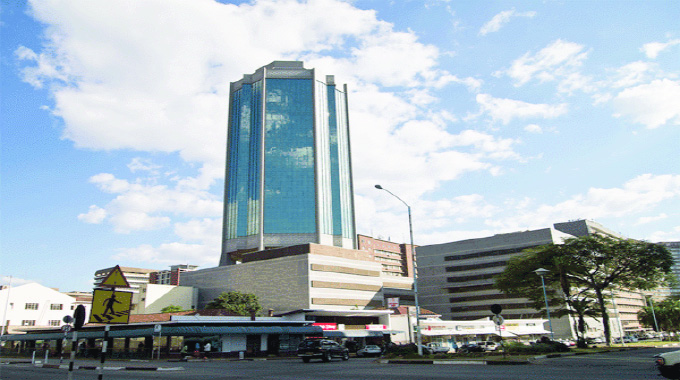The manufacturing sector has received the largest share - 45 percent - of funds disbursed under the Reserve Bank of Zimbabwe's (RBZ) Targeted Finance Facility (TTF) as of June 30, 2025, underscoring its vital role in the country's re-industrialisation and economic resilience agenda.
Launched in January 2025, the TTF is a strategic financing initiative designed to boost productivity in high-impact sectors critical to economic growth. According to the RBZ's recently released Mid-Term Monetary Policy Statement, total disbursements reached ZiG420 million by the end of June, with an outstanding balance of ZiG350.4 million.
Manufacturing and agriculture dominated the allocations, receiving 44.82 percent and 34.73 percent respectively, while the retail sector accounted for 17 percent. Other sectors such as construction, energy, and distribution received smaller portions.
RBZ Governor Dr John Mushayavanhu noted that the TTF has been instrumental in stimulating growth across key productive sectors but highlighted the need to extend financing further along the value chain.
"The Reserve Bank introduced the Targeted Finance Facility, funded from banks' statutory reserves held at the Reserve Bank, to ensure continuous credit flow to productive sectors," Dr Mushayavanhu said.
"TTF has significantly supported productive sectors like agriculture, manufacturing, and wholesale and retail trade. It will continue to be made available exclusively to productive sectors, except the retail sector," he added.
Addressing broader monetary conditions, Dr Mushayavanhu observed that the money market maintained a persistent daily long position, indicating adequate liquidity. He urged banks to set trading limits to avoid liquidity concentration and encouraged value chain suppliers to access bridging finance from their bankers.
The TTF is widely regarded as a key policy instrument for structural economic transformation in Zimbabwe. Analysts view the disbursement trends as a clear move toward strengthening domestic industrial capacity, promoting import substitution, and enhancing exports.
Business strategist Busani Malaba emphasized the foundational role of manufacturing in the economy.
"The manufacturing sector is a cornerstone of Zimbabwe's economy, driving job creation, foreign currency earnings, and development of strong domestic value chains," Malaba said.
"Its importance is amplified by its strong backward and forward linkages with agriculture, mining, energy, and distribution sectors."
Malaba added that increased support to manufacturing enhances Zimbabwe's capacity to produce competitively priced goods, reduce import dependency, and foster innovation through beneficiation and processing.
Industry expert Amon Dube highlighted that the 45 percent allocation is expected to spur investment in machinery, technology, and working capital across sub-sectors such as food processing, chemicals, textiles, and metals.
"This is in line with the National Development Strategy 1 (NDS1), which prioritizes industrialisation as central to Zimbabwe's growth," Dube said.
"Through the TTF, the Reserve Bank is using targeted financing to drive structural economic transformation, focusing resources on sectors with the greatest multiplier effects."
He added that the RBZ remains committed to ensuring the TTF is accessed by sectors aligned with national economic priorities.
The Targeted Finance Facility is emerging as a critical enabler of Zimbabwe's ambitions for inclusive industrial development, job creation, and long-term macroeconomic stability.
- The Chronicle
 NetOne CEO granted US$500 bail in fraud case
NetOne CEO granted US$500 bail in fraud case  South African ambassador falls to death from Paris hotel room
South African ambassador falls to death from Paris hotel room  India dumps US Treasury bills
India dumps US Treasury bills  ZSE and VFEX recover after weak 1st half
ZSE and VFEX recover after weak 1st half  Gold edges up as traders await guidance
Gold edges up as traders await guidance  Wheat records first ZMX trade at US$400/tonne
Wheat records first ZMX trade at US$400/tonne  Young Investment Professional (YIP) Graduate Programme 2019
Young Investment Professional (YIP) Graduate Programme 2019 











 Young Investment Professional (YIP) Graduate Programme 2019
Young Investment Professional (YIP) Graduate Programme 2019
Editor's Pick